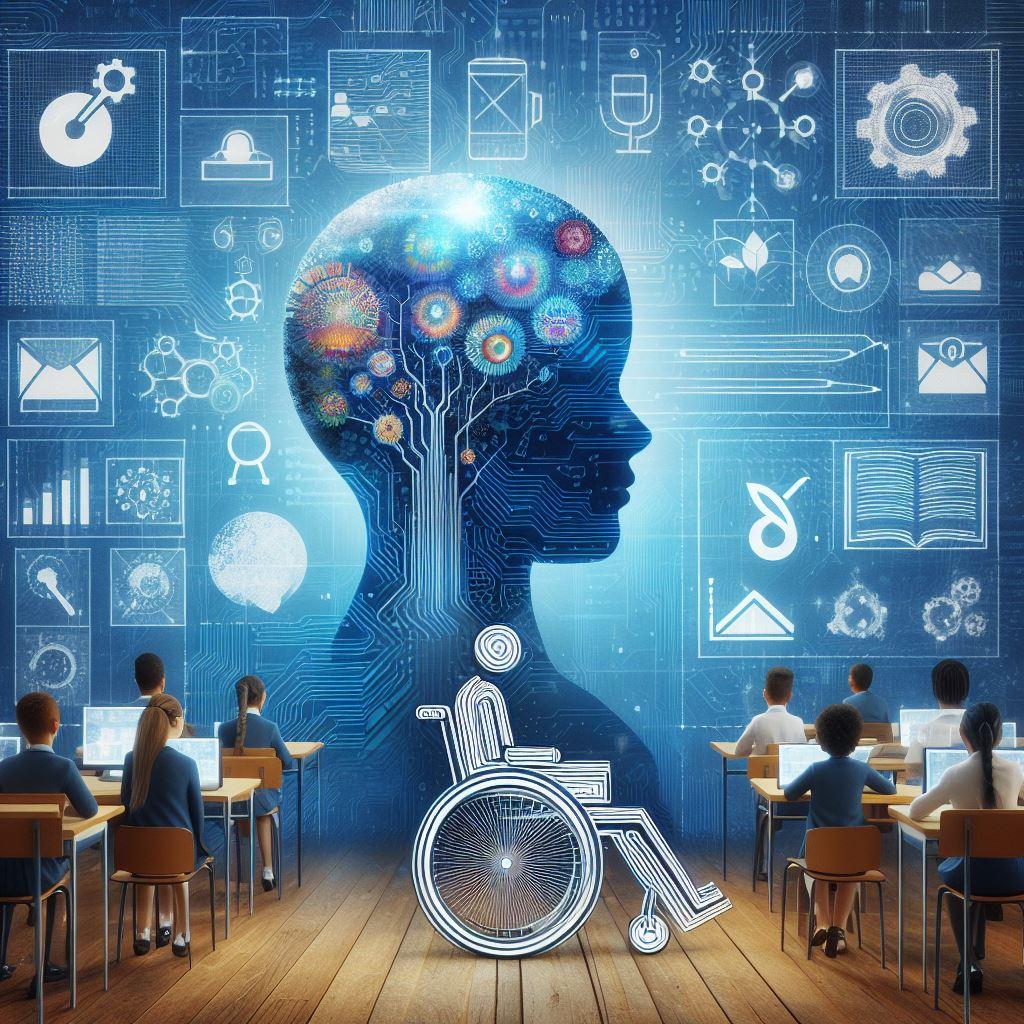Top Ethical Considerations in AI-Driven Learning: Ensuring Responsible Technology in Education
Artificial Intelligence (AI) has rapidly transformed the educational landscape, enabling personalized learning experiences, efficient administrative processes, and innovative teaching methods. However, as schools and institutions embrace AI-driven learning, it’s crucial to address the ethical considerations in AI-driven education to ensure responsible technology adoption. In this article, we explore the most pressing ethical concerns, the benefits of AI in education, real-world case studies, and practical tips for educators and administrators.
Why Ethical Considerations in AI-Driven Learning Matter
AI-based educational tools and platforms promise tremendous opportunities to enhance learning outcomes. Yet, without a critical eye on ethics, these powerful systems can unintentionally perpetuate biases, compromise student privacy, and increase disparities. Responsible technology in education guarantees not only innovation but also the well-being and equitable treatment of all learners.
Key Ethical Considerations in AI-Driven learning
Here’s a breakdown of the central ethical issues educators, policymakers, and developers must keep in mind when integrating AI in education settings:
1. data Privacy and Security
- Collection and Usage: AI technologies rely on large volumes of student data. It’s essential to ensure informed consent, transparent collection, and proper handling of personal data.
- Data Protection: Institutions must safeguard student data with stringent cybersecurity measures to prevent unauthorized access, breaches, or misuse.
2. Bias and Fairness
- Algorithmic Bias: AI algorithms may reflect and even amplify social and racial biases inherent in their datasets, leading to unfair academic outcomes and perpetuating inequalities.
- Diversity in Progress: Engaging diverse teams in AI design can definitely help mitigate biases and ensure more balanced,equitable systems in learning technology.
3. Transparency and Explainability
- Understanding AI Decisions: Educators and students must be able to understand how AI arrives at specific recommendations or scores to maintain trust and improve learning processes.
- Open Dialog: Institutions should communicate openly about how their AI tools work and what data they use.
4.Accountability
- Human Oversight: AI-driven learning systems should always operate under human supervision. Teachers and administrators must retain final decision-making authority.
- Error Management: Establishing clear processes to identify, report, and correct AI errors ensures responsible use of educational technology.
5.Student Autonomy and Well-being
- Avoiding Over-Reliance: Overdependence on AI might reduce critical thinking and social skills. Balancing AI with traditional teaching safeguards holistic development.
- Safeguarding Mental Health: AI monitoring should prioritize student welfare, avoiding intrusive surveillance that may harm student well-being or erode trust.
Benefits of Responsible AI Adoption in Education
While ethical concerns are meaningful, AI-driven learning—when implemented responsibly—brings numerous advantages:
- Personalization: Adaptive learning platforms can offer individualized learning paths, catering to each student’s strengths and gaps.
- Efficiency: Automated grading and administrative tasks free up educators for more meaningful, interactive teaching.
- Accessibility: AI-powered resources such as real-time translation and text-to-speech enable inclusive learning for students with diverse needs.
- Data-Driven Insights: Educators can leverage analytics to identify struggling students and intervene proactively.
Practical Tips for Ensuring Responsible AI in Education
Schools, universities, and edtech providers can take actionable steps to address the top ethical issues in AI-driven education:
- Develop Clear Data Policies: Create and communicate transparent data collection, storage, and sharing guidelines.
- Conduct Bias Audits: Regularly test AI systems for fairness and inclusivity to minimize discriminatory outcomes.
- Provide Training for Educators: Equip teachers and administrators with the knowledge to oversee and critically evaluate AI tools.
- engage Stakeholders: Involve students, parents, teachers, and community members in discussions about AI use and ethics.
- Implement Feedback Loops: Enable users to report issues and provide input on AI system performance.
- Partner with Ethical AI Vendors: Choose technology providers that prioritize privacy, explainability, and fairness.
Case Studies: Real-World Examples of AI ethics in Education
Let’s look at some real-life scenarios where ethical considerations have impacted AI-driven learning:
-
Case Study 1: Biased Admissions Algorithms
A university implemented an AI-powered admissions tool designed to identify high-potential applicants.Though, the system disproportionately favored candidates from affluent backgrounds due to biases in historical data. The university addressed this by collaborating with ethicists and data scientists to adjust the algorithm, improving fairness and transparency.
-
Case Study 2: Student Data Privacy Breach
An edtech platform suffered a cybersecurity breach, exposing student information. The incident prompted the provider to overhaul their security protocols, adopt stricter encryption standards, and openly disclose the event, rebuilding trust through prompt, transparent action.
-
Case Study 3: Teacher-AI Collaboration
In a K-12 school,teachers used an AI-driven platform to tailor learning activities. The school provided professional development and set up monitoring committees to ensure the AI supported—but did not replace—educators, enhancing student learning while preserving human oversight.
First-Hand Experience: Educators and Students Weigh In
Teachers and students are at the frontline of AI-driven learning. Here are some insights from those directly impacted by the technology:
“Using AI to personalize my lessons has made my teaching more effective. still, I’m careful not to let the software decide everything—I always review AI suggestions for fairness.”
— Amanda, High School Teacher
“I appreciate getting instant feedback on assignments, but I worry about what happens to my data. Our school held sessions to explain the platform’s data policy, which helped me feel safer.”
— Aiden, Collage Student
Conclusion: Moving Forward with Responsible AI in Education
The expansive potential of AI-driven learning comes with significant ethical responsibilities. By prioritizing ethical considerations in AI-driven education, schools and institutions can foster more equitable, secure, and transparent learning environments. Striking the right balance between technological advancement and human values will shape the future of education for generations to come.
As you consider adopting AI technologies in yoru educational setting, keep the discussed ethical principles at the forefront. Open dialogue, continuous monitoring, and a commitment to student welfare are vital for ensuring responsible technology in education.

